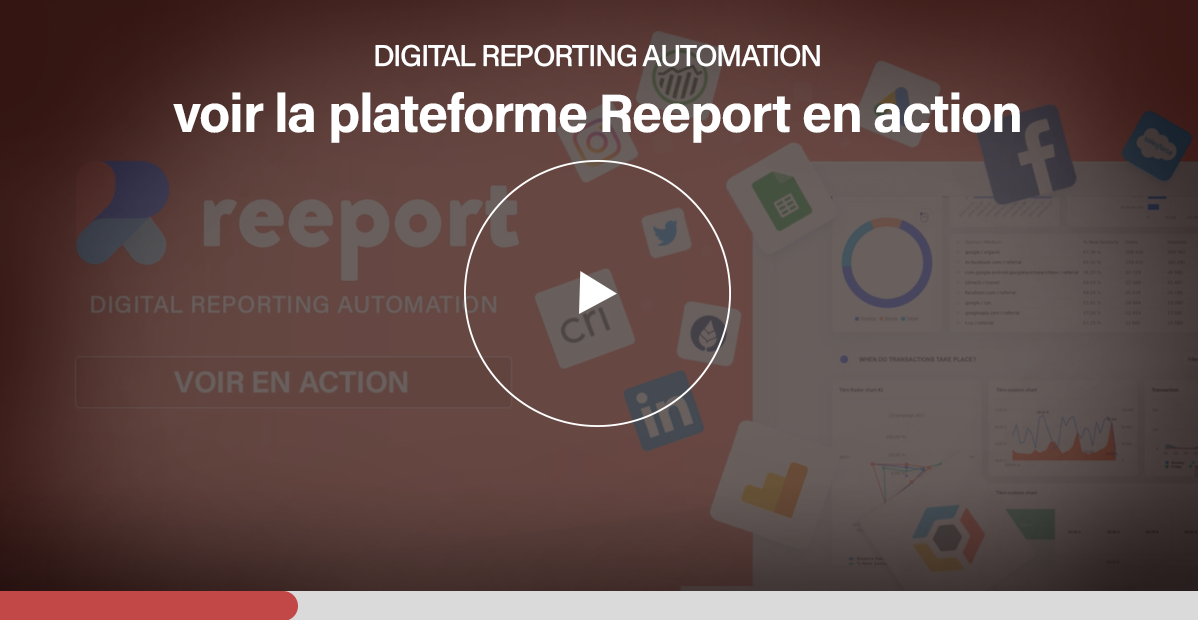Today, this term is mainstream in most forward-looking organizations, especially within “digital” or “data” teams. It is tempting to think that Google is data-driven, that the 2008 and 2012 Obama campaigns were data-driven or that any digital marketing manager is data-driven. But, what does it mean, really, to be data-driven?
Counter-intuitively, being data-driven is not a matter of data.
It is a matter of action.
Meaning of Data Driven
Looking at your performance indicators every morning does not make you a data-driven Traffic Manager. Running an A/B test does not make your product team a data-driven one. Having a team of data scientists does not make your organization a data-driven one.
Being data-driven results from the actions following from these initiatives.
Do the KPIs you look at every morning influence your actions in the afternoon? Has the winning variation of your A/B test been deployed – if so, when? Is your data science team the only way to get answers backed by data?
“If you say you’re data-driven but everything has to go through an analyst, you’re not actually data-driven.” — Fareed Mosavat, Consumer Growth Product Manager at Instacart (How Data Access Unlocks Your Company’s Potential, Amplitude Analytics Blog)
Availability, Actionability and Automation
Availability
As indicated by Fareed Mosavat, the first trait of a data-driven organization is to make data readily available.
Making data readily available means that everyone – especially people who are not prone to using data – must be able to have performance indicators at hand to make informed decisions. Let’s be realistic, it does not necessarily mean that all decisions made will be the right ones! But you can be sure that many bad decisions will be avoided. There are two ways to make data available without relying on your data scientists:
-
Reactive “pull” approach: training all teams to use the tools in your data ecosystem (which is unrealistic unless you are working for a small company) so that they can access the data they need and turn it into insights.
-
Proactive “push” approach: pushing, at a given frequency, a set of indicators (or KPIs) relevant to each recipient without them having to access the data sources (CRM, Web analysis tool and other bases of data) directly.
Making data accessible is great, but what data? The same for everyone? In what format?
No matter the shape or form, the data made readily available must be actionable.
Actionability
Being data-driven means choosing to use facts and figures as a compass rather than navigating by sight. Choosing means saying no: saying no to the abundance of numbers available to us and focusing on the “one single KPI that matters”. Facebook made itself famous by focusing on the “monthly active users” KPI where MySpace looked at the number of registered users (source: Facebook’s VP of Growth Gives You Tips on Growing Your Product, Kissmetrics Blog).
Thus, being data-driven means translating your vision into goals and knowing how to measure success before observing it.
“Actually, the key to having actionable metrics is to have as little as possible” – Eric Ries, author of The Lean Startup (Vanity Metrics vs. Actionable Metrics). For KPIs to be actionable, they must be relevant and up-to-date.
-
Relevant for each recipients: customer acquisition ROI for a Traffic Manager, the gap to close for the C-Level, and the customer engagement score for the Support team.
-
Up to date: if there is several hours or even days or weeks before I receive the KPIs I’m interested in, they are useless.
Lastly, KPIs must trigger actions. Always begin by looking at the company’s goal to figure out your team objectives and derive interconnected individual objectives [there’s great literature out there about techniques like OKR]. Make sure you have a way to measure the impact of your actions and use them to prioritize your next actions.
Now that you have translated your goals into actionable KPIs based on your multiple data sources, it’s time to make them readily available to as many people as possible without creating a bottle around your data scientists.
Automation
As pointed out in the MIT Sloan Management Review, “The need for faster time-to-insight will be the driving force behind Big Data investment for the years ahead.”
Time-to-insight is the time between data collection and learnings. This term comes together with “time-to-market”, “time-to-answer” or “time-to-decision”. Together, they explain the growing need to become data-driven, embrace digital transformation and invest in Big Data projects.
Results from the 2016 Big Data Executive Survey shows that 83.5% of survey respondents named factors like speed, insight, and business agility as the primary reasons for Big Data investments.
Remember, a data-driven individual triggers actions based on relevant and up-to-date insights while a data-driven organization champions processes in favor of making these insights available beyond the data scientists circle.
Making relevant and up-to-date insights readily available (and at scale!) undeniably relies on automated processes.
In short:
- Start with your goals: What are they? How are they measured? What are the levers?
Translate your goals into KPIs and identify the relevant data sources. - Automatically push personalized KPIs (whether in the form of a dashboard, in the body of an email, in a PowerPoint presentation or whatever suits best the recipients!) to the relevant teams.
- Take these KPIs into account when taking decisions today / this month / this quarter.
- Repeat.
Pour en savoir plus :
- Etre un marketeur Data Driven, ça veut dire quoi ?
- En quoi le Data Driven marketing est-il efficace ?
- Un collaborateur Data Driven, concrètement, c'est quoi ?
- Réussir sa campagne Data Driven marketing : métriques et opportunités
- Une entreprise Data Driven, concrètement, c'est quoi ?
- Data democratization at Airbnb
- 7 step guide for Data Driven Marketing
- La RGPD vous rend Data Driven
- Réussir sa campagne Data Driven marketing : prioriser les campagnes




COMMENTAIRES